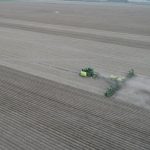Reducing Frost Risk: 5 Planting and Tillage Tips for Farmers
Late frosts are a frustrating reality for many Midwest farmers. Just when you think the soil is warm enough to plant, a cold snap can roll in and threaten emerging corn, soybean, sugar beet, or other early-season crop seedlings, leading to slow germination or worse, killing off young plants.
Late frosts in the Midwest are less common than they used to be, but can still cause problems for farmers into late April and early May – in fact for 2025, the Old Farmer’s Almanac is predicting some states (including Wyoming, Oregon and parts of eastern California) won’t have their last frost until early June.
While we can’t control the weather, there are field management and tillage strategies that can help reduce the risk and improve crop resilience. Let’s take a look at how you can manage late frost risk this spring, and give your crop the best chance at a strong, uniform start.

1. Know your local frost window
Climate scientists collect historical data about frost dates every year, and records going back more than a decade are widely available online, so this is a great starting point for understanding when the last frost date typically occurs in your location.
Of course, this data isn’t set in stone, and climate patterns are becoming increasingly unpredictable, so some good judgement is required. You can also start your own almanac if you don’t already do this, recording the first and last frost dates every year to see if you can identify any patterns that are specific to your farm.
Soil temperature testing is also critical for knowing when to plant. You can use local ag reporting tools to guide you, or for a more accurate picture, use a soil probe in your own fields. Aim to plant when soil temps are steadily above 50°F and rising.
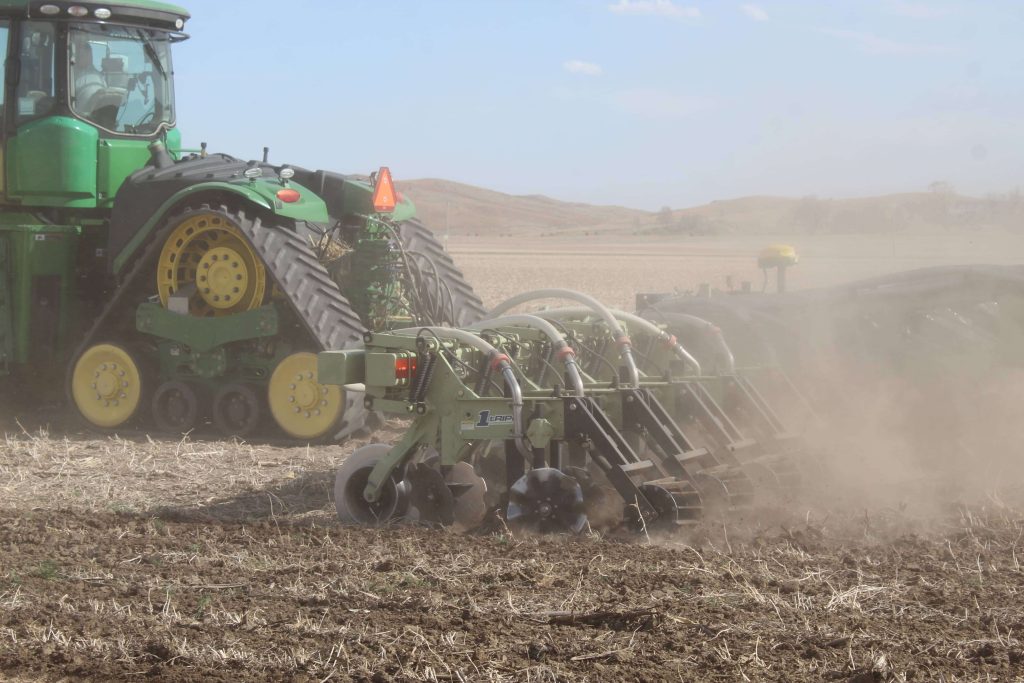
2. Avoid overworking the soil
Overworked soil lacks natural structure, which can lead to compaction and waterlogging. Compacted or very wet soils not only stay colder for longer, they also provide an inhospitable environment for early root development, leading to slow crop emergence and weakness that can cause problems with pests and disease later on.
Conversely, the use of conservation tillage practices and appropriate tools can help to minimize soil compaction without destroying natural structures, creating a well-drained and well-aerated seedbed that warms up more quickly and evenly.
What tillage system is best for soil warming?
Conventional tillage
Overworked soil lacks natural structure, which can lead to compaction and waterlogging. Compacted or very wet soils not only stay colder for longer, they also provide an inhospitable environment for early root development, leading to slow crop emergence and weakness that can cause problems with pests and disease later on.
Conversely, the use of conservation tillage practices and appropriate tools can help to minimize soil compaction without destroying natural structures, creating a well-drained and well-aerated seedbed that warms up more quickly and evenly.
Reduced tillage
Reduced tillage practices such as strip-till are commonly selected by farmers looking to achieve a balance between earlier soil warming and moisture conservation for later in the season – they’re ideal in locations where spring can be slow to arrive, but where prolonged high temperatures and low rainfall are common in summer.
No-till
No-till farming typically results in soils that are slower to warm in spring, with a higher moisture content. But these same features can be highly beneficial in hotter, drier climates even if it means planting a little later in the spring. Combining no-till with cover crops can be an ideal solution that improved drainage and aeration in the upper soil layers while preserving its structure.
3. Manage residue in a timely manner
Leaving crop residue on the soil surface over winter is a smart strategy that replenishes nutrients and reduces erosion – but leave it there too long, and you risk slowing down soil warming.
Residue acts like an insulator that prevents the sun from directly warming the earth while also increasing moisture retention, contributing to colder soils. If you’re starting from a colder baseline, the risk of a late frost harming your newly-planted crop is greater.
Managing residue effectively is especially important in no-till systems. Chopping and uniform distribution of residue ensures the soil has enough exposure to sunlight to warm up, and prevents the formation of frost pockets.
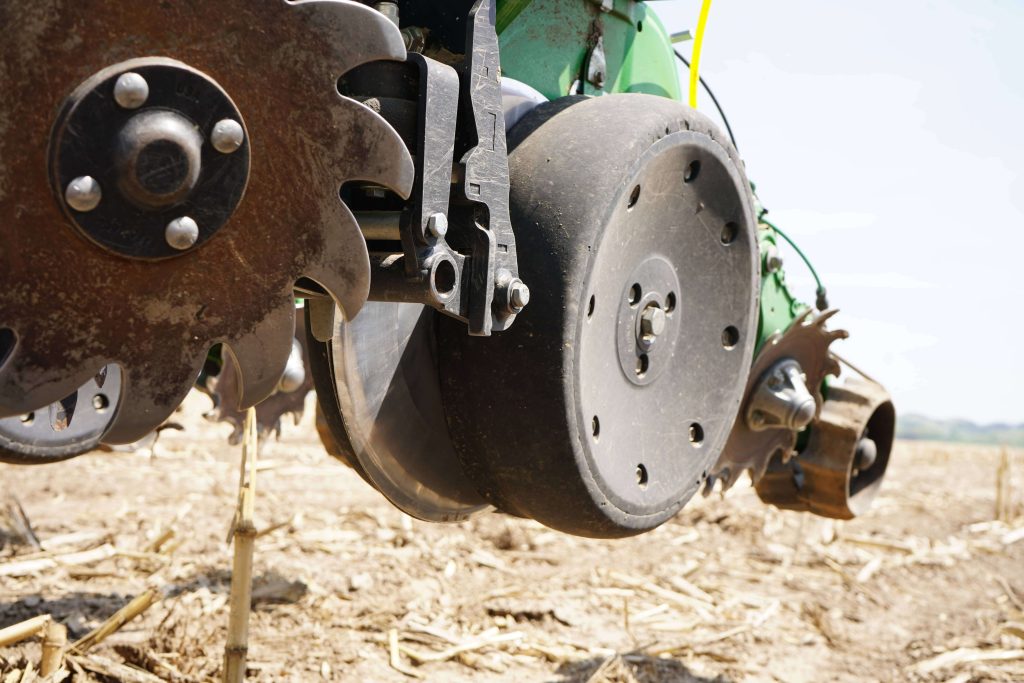
4. Maximize planting uniformity
Uniform seed placement is your best insurance policy against frost damage because it promotes strong germination, emergence and more even crop stands. Inconsistent emergence creates shady pockets where cold air can pool in the event of a frost, increasing the risk of frost damage and losses.
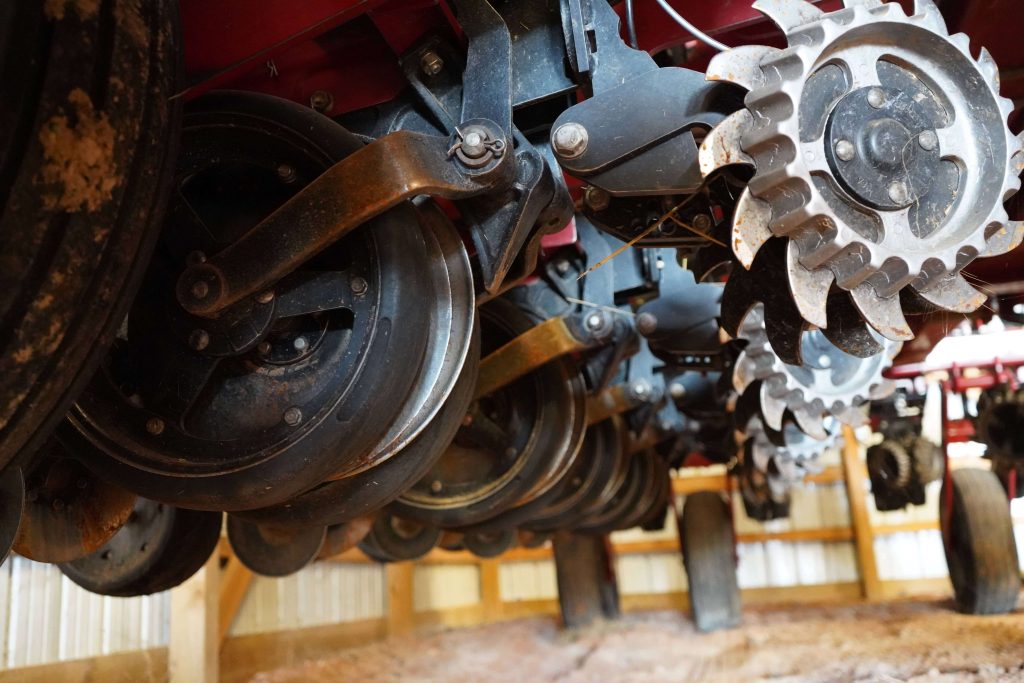
Here are some tips for promoting uniform planting and robust emergence:
Optimize your equipment
Invest the time in planter maintenance and rebuilding prior to planting season, ensuring all wear parts are still in good condition and topping up all fluids and lubricants as necessary to ensure optimal planter performance.
Choose the highest quality planting implements your budget will allow, paying particular attention to seed openers, gauge wheels and gauge wheel arm assemblies, since these will directly influence the depth and consistency of your planting.
Don’t overlook closing wheels, since they ensure appropriate seed-to-soil contact which helps prevent exposure of the seed to extreme temperatures.
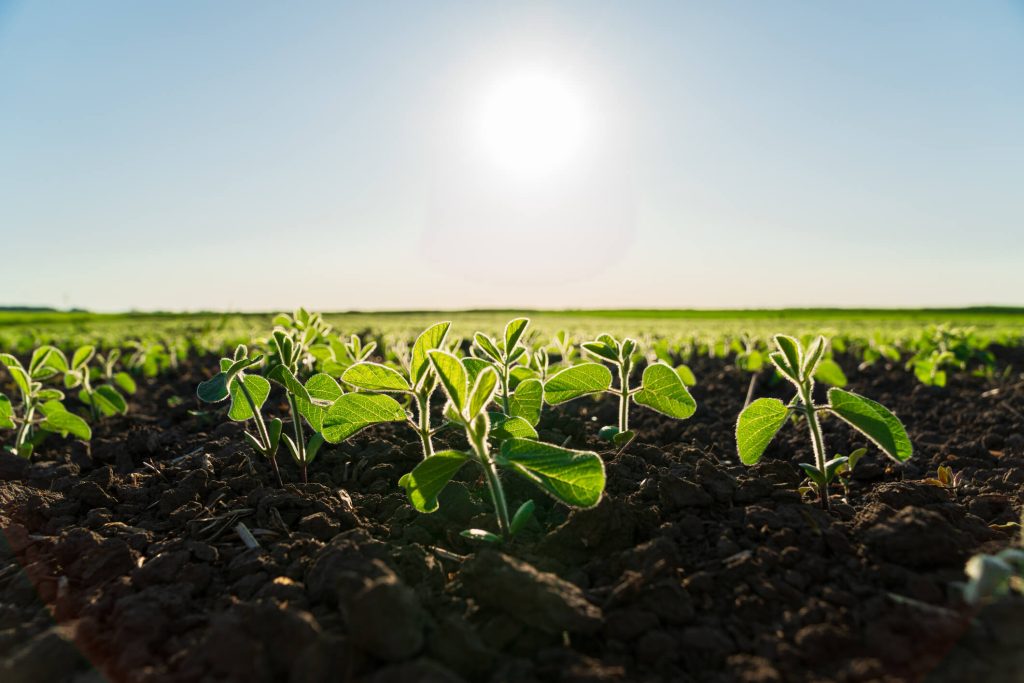
Resist the temptation to adjust planting depth
When frost is still a threat, shallow planting might speed up emergence, but it also places seedlings closer to surface-level temperature swings. Conversely, deeper planting can provide insulation but delay emergence. These risks can significantly outweigh any potential benefits of planting earlier – if in doubt, just wait.
Seed selection
Farming technology means you can now select seed varieties that are specifically adapted to earlier planting. If you’re farming in a location where late frost is a risk, consider choosing varieties bred for increased cold tolerance and early vigour to give young plants the best chance of surviving a cold snap.
5. Have a replant strategy
Even with the best preparation, Mother Nature sometimes wins. Make sure you’ve got a plan in place in case you need to replant – both operationally and in terms of any crop insurance claims and relevant cutoff dates. Take photos and records of your stand conditions, soil temps, and dates to help with any insurance claims, and to use for decision-making next year!
Prepare for late frost, but don’t panic
Late frost risk can’t be eliminated, but it can be managed. Strategic tillage, smart timing, and the right seedbed preparation all work together to protect your crop’s early development.
At Wearparts, we’re committed to helping you maximize every acre, starting with strong emergence and stand uniformity. Get in touch for advice on the right tillage and planting tools to help you minimize the risks.




